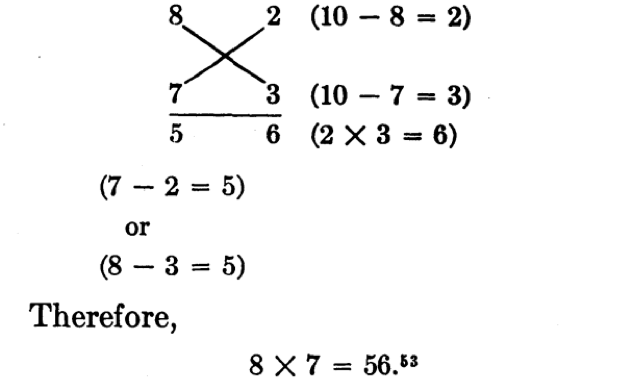Assignment 3: Inquiring into a topic of in the History of Mathematics through art

In this assignment, I choose to talk about "a historical innovation that had mathematical implications." The innovation was a puzzle called Tangram invented in China. I will present it by creating a piece of art (Tangram) and express what I have learned from the interesting history of Tangram. Books: Demaine, E.D., Demaine, M.L., & Rodgers, T. (Eds.). (2008). A Lifetime of Puzzles (1st ed.). A K Peters/CRC Press. https://doi.org/10.1201/b10573 The article "Tangram: The World's First Puzzle Craze" in Chapter II "In Hindsight" depicts the craze of Chinese Tangram in Europe during 19th century. The article also shows many historical pictures of the earliest known Tangram and relevant merchants. Danesi, Marcel. An Anthropology of Puzzles : The Role of Puzzles in the Origins and Evolution of Mind and Culture , Bloomsbury Publishing Plc, 2018. ProQuest Ebook Central , https://ebookcentral.proquest.com/lib/ubc/detail.action?docID=5602778. Chapter 1 ...
